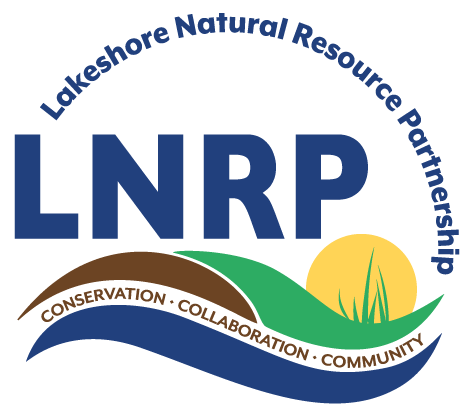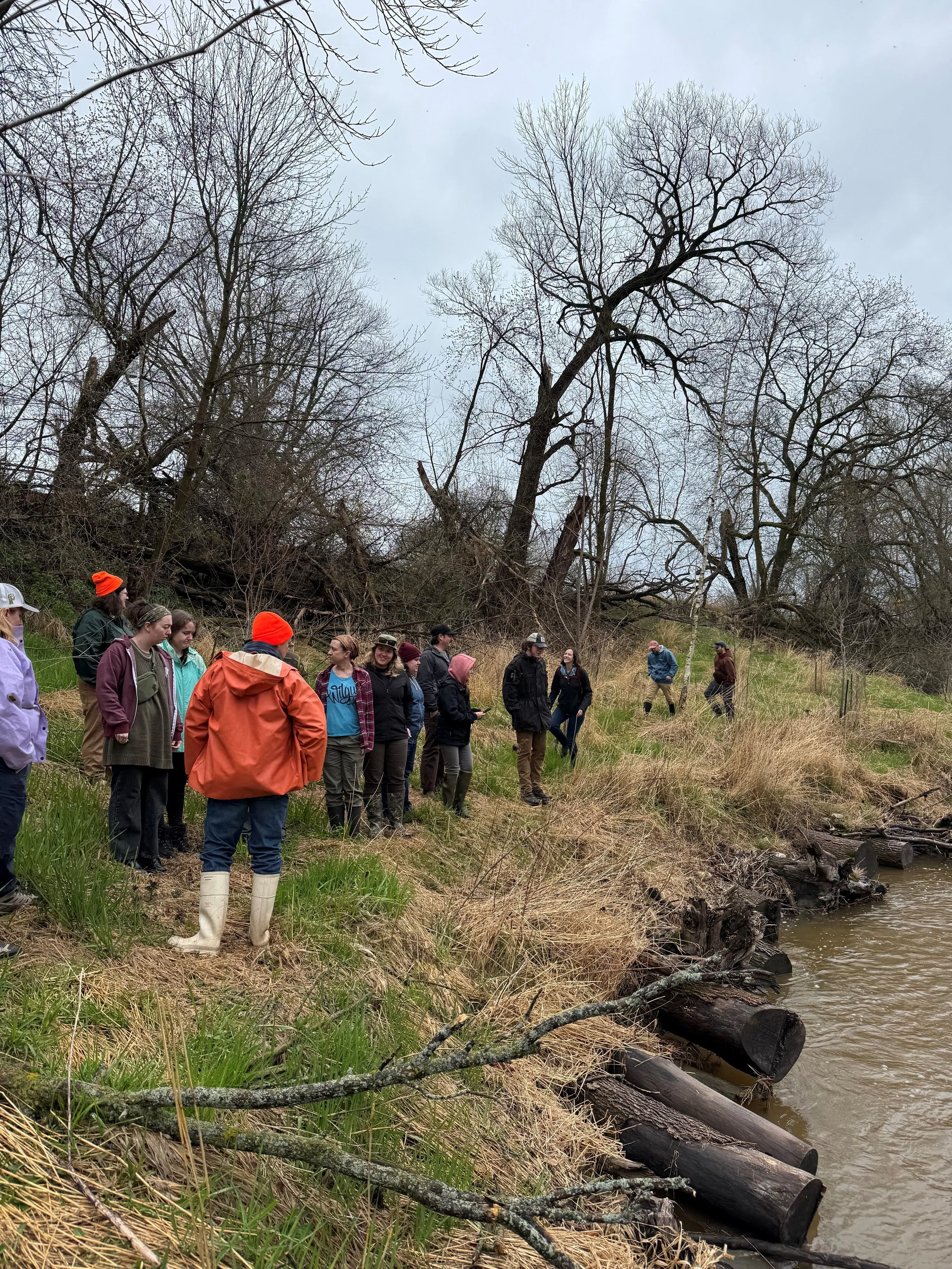More Student Research on Centerville Creek!
In 2012, LNRP began work on the restoration of Centerville Creek. When the dam was removed in 1996, the creek that remained was disconnected from its floodplain, riddled with invasive species, and had significant bank erosion. The sediment that had built up behind the dam mostly remained in place, making it difficult for the channel to realign itself. Over almost a decade, and with funding from Sustain Our Great Lakes, Healing Our Water, Fund for Lake Michigan, US Forest Service and the Brico Fund the sediment was removed, the corridor realigned, and native plantings and invasive species control has begun to restore the native habitat.
Throughout all of the technical analysis, earth work, and restoration plantings, the heart of the Centerville Creek project has always been student driven research. Before the restoration even began, LNRP approached Dr. Rebecca Abler and Dr. Rick Hein at the University of Wisconsin- Manitowoc (now a satellite campus of UW Green Bay). The ask was simple: do you have students who can take some water quality data for us? This question spawned an intern program that has trained almost 60 students since 2010, and collected 14 years of water quality data, and counting!
Now, a new dimension is being added to the established track record of student research at Centerville Creek. Graduate students in Dr. Erin Berns-Herrboldt’s Environmental Science Capstone class are looking at undergraduate data with fresh eyes. Their goal was to look at the data set and evaluate the success of the restoration, now that it has been established. The students used mass balance equations to determine if the restoration reduced nutrient loading in the creek. Although the results were not as dramatic as they were expecting, the exercise gave the LNRP team a new understanding of the next steps on this site.
While there is still more work to be done, this project continues to provide students with opportunities for hands-on research, training the next generation of water conservationists at a project site full of history.

